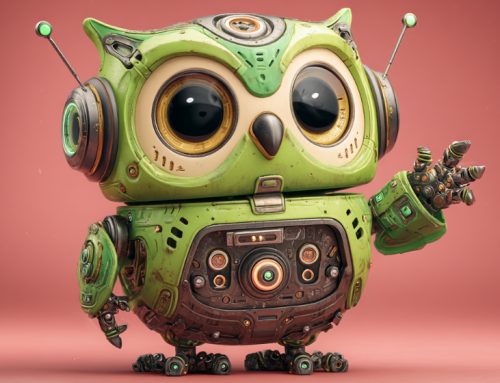
Technology Mimics Nature in New Robotic Skin
Sometimes nature proves the best teacher for design. Researchers led by a joint team from the University of Pennsylvania and Cornell University are taking lessons directly from the animal kingdom in their own research into “soft” robotics. Recently the team successfully demonstrated a soft, skin-like silicone that is able to change its three-dimensional texture, a method inspired by a similar ability of octopuses to camouflage their bodies to conform to the texture of surrounding objects. The release of the research paper, published in Science magazine, details how researchers were able to design and implement the novel “skin.”
Inspired directly by the small muscular papillae on cephalopod skin, researchers pursued a similar approach to these small bumps by embedding the surface of their artificial silicone skin with mesh spheres that allow for pneumatic inflation and deflation. These bundled air pockets can be expanded or contracted to change the texture of the skin, effectively transforming a flat 2D surface into one with its own 3D micro-textures.
The team’s breakthrough in textured skin builds upon their earlier research into mimicking an octopus’ body, namely in a prior study which explored not only how soft robots could move using pneumatic actuation, but also how this same skin could employ hyper-elastic light-emitting capacitors (HLEC) which enable the skin to emit light while also being able to endure stretching to almost 500% of its original size (a similar Harvard study also inspired by octopus biology made a soft “octobot” which also uses pneumatic means of locomotion).

A reversed sequence showing how an octopus quickly merges into its surroundings. Image via this excellent article about octopus camouflage.
But the team’s successes have implications far beyond merely creating more realistic octopus doppelgängers; the research into 3D camouflage, funded by the U.S. Army Research Laboratory’s Army Research Office, could be used in conjunction with the team’s earlier experimentation with HLEC pixels to to create ambitious active camouflage “skin” that could cloak soft robots or future soldiers by blending in not only with the color but also the texture of the surrounding terrain. In more peaceful applications, the technology could be useful in everything from wearables to hunting camouflage to “a healthcare robot that displays a patient’s temperature and pulse, and even reacts to a patient’s mood.”
What makes the research even more impressive, according to sources cited in an article about the project at Scientific American, is that the the team focused from the onset on making their technology as accessible and usable as possible:
“We don’t want this to be a technology that only a few people in the world can use; we want it to be fairly easy to do,” Shepherd told Live Science. He wanted the texturing technology, which built on the team’s earlier findings on how to make color-changing silicone skins, to be accessible to industry, academia and hobbyists alike. Therefore, the team deliberately used limiting technologies like laser cutters to manufacture the wire rings because that’s what people outside a Cornell University lab could use.
Itai Cohen, a physics professor at Cornell, who also worked on the research, noted another accessible aspect of the technology. On an excursion into the field, Cohen envisions stacking sheets of deflated silicone — programmed to inflate into a camouflaging texture — into the back of one’s truck. “Now, you can inflate it so it doesn’t have to be in that permanent shape, which is really difficult to transport,” Cohen told Live Science. As the technology advances, one might even be able to scan an environment and then program the corresponding silicone sheet right then and there to mimic it, Cohen speculated.
Though, if anything, this impressive batch of minds should at the very least be able to deliver us a hyper-realistic robotic octopus companion.







Leave A Comment